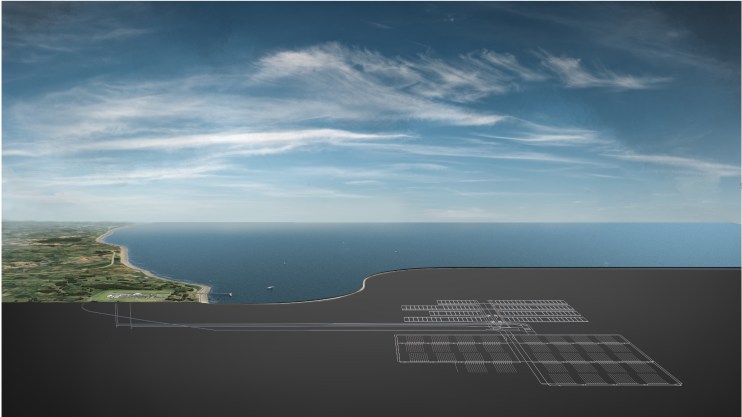
Nuclear Waste Disposal could create thousands of jobs

Building a geologically safe nuclear waste site deep underground along with the Government’s planned creation of small modular nuclear reactors across the UK could mean thousands of new jobs over the next 25 years whilst ensuring the UK’s future energy needs.

That’s according to Corhyn Parr, the woman responsible for the UK’s nuclear waste disposal programme. Ms Parr is CEO of Nuclear Waste Services, the Nuclear Decommissioning Authority’s waste management organisation, which plans to dispose of high-level nuclear waste up to 1000 metres below the ground at a specially chosen site somewhere in England.
She says in addition to Britain “future-proofing” disposal of a projected 4.5 million cubic meters of waste, in places like its current low-level waste repository and in a new safe, secure, Geological Disposal Facility (GDF), high-level waste is expected to be produced through the innovative design of future generators and the use of Small Modular Reactors (SMRs) but in lower quantities.
She says if the government gives SMRs the green light, the industry wants to increase its current 3,000 new career posts a year to create 10,000 new jobs every year for the next 25 years.
Ms Parr explained: “The majority of our waste (about 90%) is low level waste, that’s things like hospital waste and the kit that people have been wearing in nuclear plants and everything, overalls, and fairly low hazard waste. “We have estimated the volumes of waste for the next hundred years. When we decommission all our legacy nuclear power stations, the volume of waste will reduce quite extensively as we’re then just mostly in energy generation”.
“So, the UK policy is to dispose of all higher activity waste in a geological disposal facility, up to a thousand metres underground.”
“There’s two things that we’re looking for, a willing community and a positive geology in which to build.” “We have four communities that have come forward to ask to be considered, three in Cumbria and one in East Lincolnshire.”
“We hope to make a recommendation to the government in 2026 as to which two of those communities we should move forward with some site investigations.”
Ms Parr continued: “Previous nuclear facilities weren’t designed, built or operated to be decommissioned and with waste management in mind, whereas new facilities now are designed to be decommissioned and for waste to be minimalized.” She said the “hugely engineered GDF facility” they’re designing will ensure that the waste will be safe for “thousands and thousands of years.” Ms Parr admitted the industry faces huge challenges, including employees leaving for the gas and oil industries, and likened the current resource and skills issues to “the perfect storm”.
However, she pointed out, due to covid, home working meant they were now in a position to create a more agile workforce to tackle those issues. Among the huge number of innovations for decommissioning, their world-leading use of “fantastic” robotics at Sellafield, is “certainly a big part of what we do,” she added.
Ms Parr says she and all the staff working in the industry consider this “an environmental clean-up project”. “There’s a huge amount of sharing, of best practice, of development, it’s not a competitive market.”